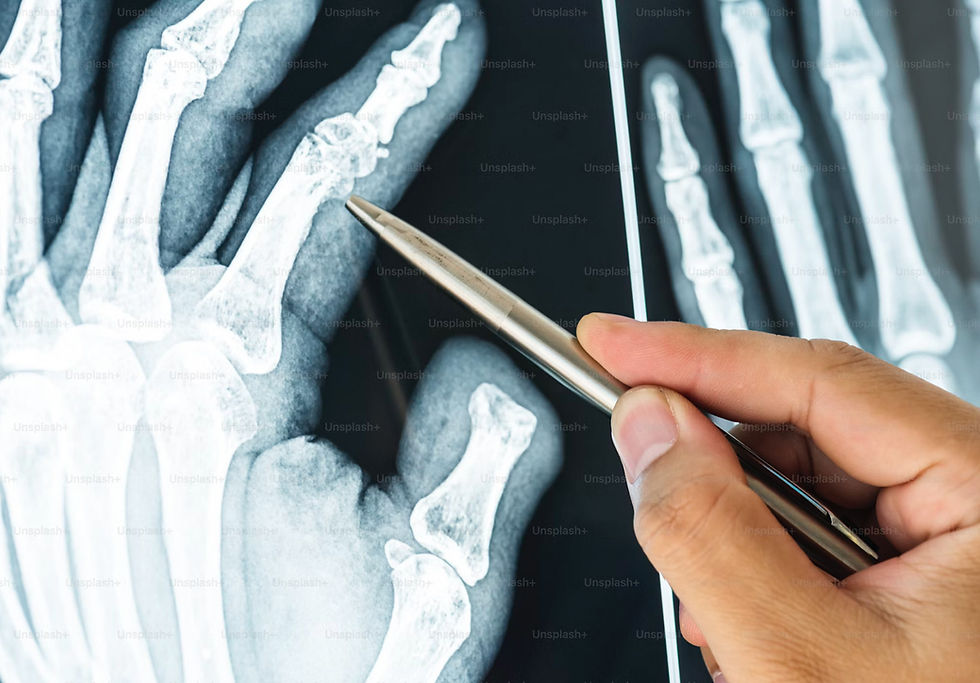BE HEAT SMART
- WorkerCare
- Jul 13, 2023
- 2 min read

As we've seen on the news lately, extreme heat can affect everyone's health, sometimes even causing people's death. This is why L&I has now established permanent rules regarding outdoor workers. While we agree these are important rules to follow anyway, L&I will more actively enforce these rules. Make sure you're up to date! Be sure to familiarize yourself and supervisors with the symptoms of heat-related illnesses on the CDC website at: https://www.cdc.gov/niosh/topics/heatstress/heatrelillness.html. Be ready and keep your people cool! The new L&I rules are listed below: Rules apply to all employers with outdoor workers and must be followed.

When temperatures reach the applicable temperature action level based on the clothing workers wear (detailed above), employers must:
Have a written outdoor heat exposure safety program that includes annual training for workers and supervisors on symptoms of outdoor heat exposure and workplace practices in place to prevent heat-related illness. Both the program and training must be in a language that is understood by the workforce.
Monitor temperatures.
Acclimatize workers when temperatures meet the action levels and are at least 10°F higher than the five-day average highs. This includes closely observing new workers, those returning from an absence, and all workers during a heat wave for 14 consecutive days.
Provide enough cool water for each worker to drink at least a quart an hour and the opportunity to drink the water.
Provide enough shade for workers to cool down simultaneously during breaks and meal periods (or provide other cool-down methods such as air-conditioned trailers or misters). These cooling areas must be located near where the employees are working.
Encourage and allow workers to take paid preventative cool-down breaks. When temperatures are 90°F or higher, they must take an additional 10-minute, paid cool-down break every two hours. When temperatures reach 100°F or more, breaks should increase to 15 minutes every hour.
Have emergency procedures for an appropriate response to workers experiencing heat-related symptoms.
Ensure supervisors and workers always have a way to communicate with each other so they can promptly report heat-illness and get medical assistance.
For more information and complete details on the requirements for these new rules please visit L&I’s Be Heat Smart webpage.




Comments